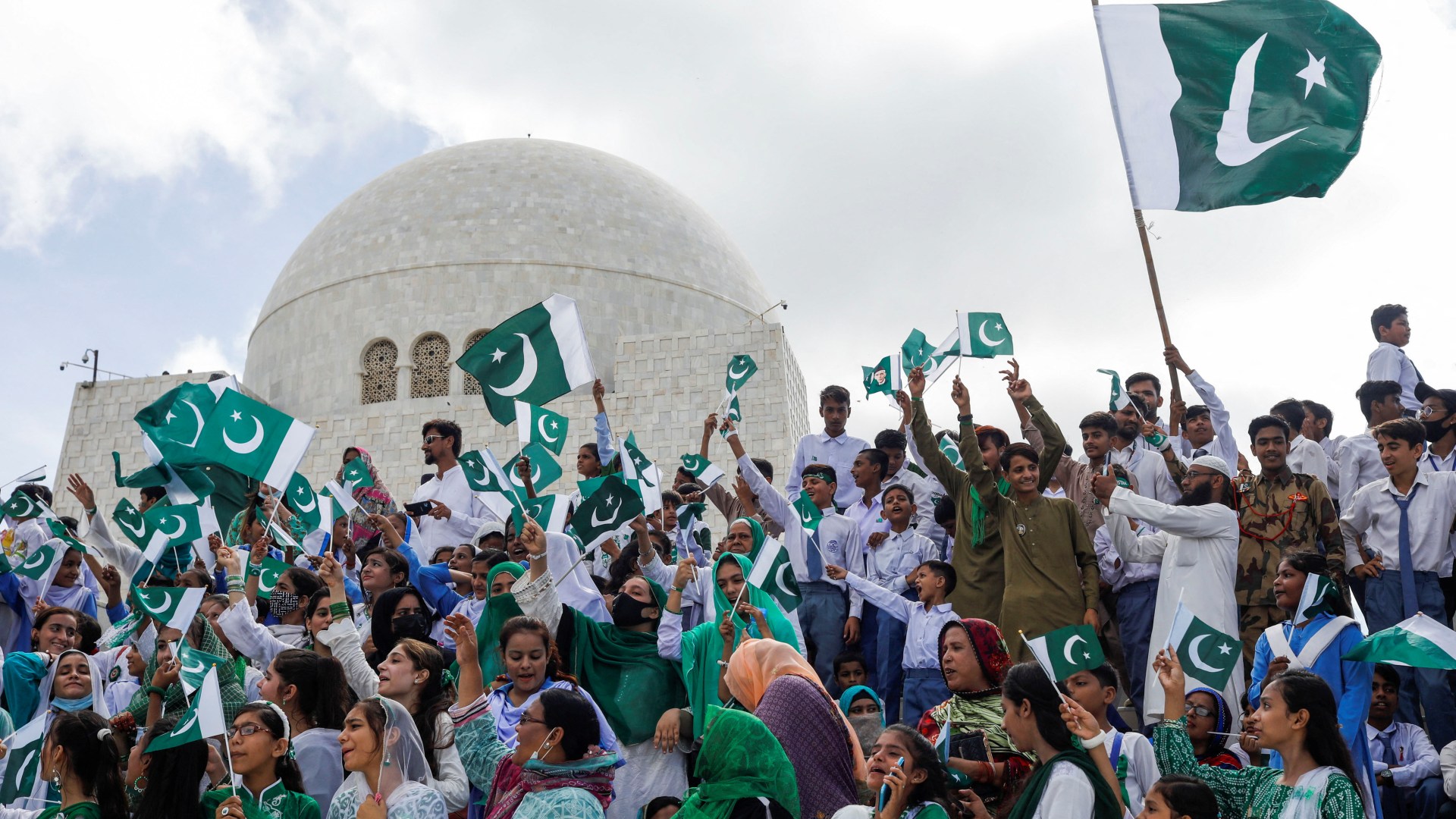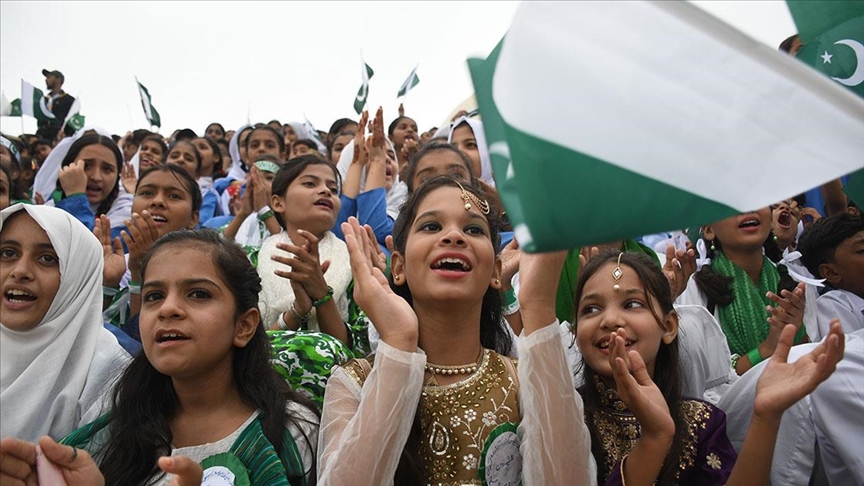Pakistan: A Mosaic of Culture, History, and Diversity
Introduction:
Nestled in South Asia, Pakistan is a land of contrasts, where ancient traditions meet modern aspirations, and diverse landscapes offer a glimpse into the country's rich history and cultural heritage. From the majestic peaks of the Himalayas to the bustling streets of Lahore and Karachi, Pakistan captivates visitors with its vibrant tapestry of people, languages, and landscapes. This essay explores the multifaceted identity of Pakistan, delving into its history, culture, economy, and contemporary challenges.
Geography and Landscape:
Pakistan's geographical diversity is as vast as it is captivating. The country is bordered by India to the east, Afghanistan and Iran to the west, China to the north, and the Arabian Sea to the south. Within its borders lie towering mountain ranges, expansive deserts, fertile plains, and a rugged coastline. The towering peaks of the Karakoram, Himalayas, and Hindu Kush dominate the northern landscape, including K2, the second-highest mountain in the world. In contrast, the fertile plains of the Indus River valley form the heartland of Pakistan's agriculture, sustaining millions of livelihoods and contributing significantly to the country's economy.
History and Civilization:
Pakistan's history is a tapestry woven from the threads of ancient civilizations, including the Indus Valley Civilization, one of the world's oldest urban cultures. The ruins of Mohenjo-Daro and Harappa stand as testament to the ingenuity and sophistication of these early settlers, who developed advanced urban planning, sanitation systems, and a form of proto-writing. Over the centuries, the region witnessed the rise and fall of various empires, including the Maurya, Gupta, and Mughal dynasties, each leaving its mark on the cultural landscape of Pakistan.
Islamic Heritage:
Islam has played a central role in shaping Pakistan's identity since its inception in 1947. The country was created as a homeland for Muslims in British India, following a movement led by Muhammad Ali Jinnah and the All-India Muslim League. Today, Pakistan is the world's second-largest Muslim-majority country, with Islam serving as a unifying force amidst the country's diverse ethnic and linguistic mosaic. The Islamic heritage is evident in the country's architecture, art, literature, and social customs, with mosques, shrines, and madrasas dotting the urban and rural landscapes.
Cultural Diversity:
Pakistan is a melting pot of cultures, languages, and traditions, reflecting the diversity of its people. The country is home to numerous ethnic groups, including Punjabis, Sindhis, Pashtuns, Baloch, and Mohajirs, each with its own distinct identity and cultural practices. Urdu and English serve as the official languages, but Pakistan boasts a rich linguistic tapestry, with regional languages such as Punjabi, Pashto, Sindhi, and Balochi spoken widely across the country. This linguistic diversity is celebrated through literature, poetry, music, and folk art, which serve as a testament to Pakistan's multicultural heritage.
Economy and Development:
Pakistan's economy is a mix of agriculture, industry, and services, with agriculture employing a significant portion of the workforce and contributing a substantial share to the country's GDP. The industrial sector, including textiles, manufacturing, and construction, also plays a vital role in Pakistan's economy, providing employment opportunities and driving economic growth. In recent years, the services sector, particularly telecommunications, banking, and IT, has emerged as a key driver of economic development, attracting investment and fostering innovation.
Challenges and Opportunities:
Despite its rich cultural heritage and natural resources, Pakistan faces numerous challenges, including poverty, inequality, political instability, and security concerns. Economic disparities persist between urban and rural areas, exacerbating social tensions and hindering inclusive development. Political instability, corruption, and governance issues pose significant challenges to the country's democratic institutions and rule of law. Moreover, Pakistan grapples with security threats from extremist groups, internal conflicts, and tensions with neighboring countries, which undermine stability and hinder progress.
However, amid these challenges lie opportunities for growth and transformation. Pakistan's youthful population, with a median age of around 23 years, presents a demographic dividend that, if harnessed effectively, could drive economic development and innovation. Investments in education, healthcare, and infrastructure are essential to unlocking the potential of Pakistan's human capital and building a more prosperous and inclusive society. Moreover, regional cooperation and diplomatic engagement offer avenues for addressing security concerns and promoting peace and stability in the region.
Pakistan's journey as a nation is marked by resilience, diversity, and the enduring spirit of its people. From its ancient roots in the cradle of civilization to its emergence as a modern nation-state, Pakistan continues to evolve and adapt to the challenges of the 21st century. As the country navigates its path towards progress and prosperity, it must draw upon its rich cultural heritage, embrace its diversity, and forge a shared vision of a brighter future for all Pakistanis. Through unity, innovation, and sustainable development, Pakistan can realize its full potential as a vibrant and dynamic member of the global community.
Exploring the potential for continued development and progress in Pakistan, it's essential to consider various aspects, including education, healthcare, infrastructure, and governance.
Education: Investing in education is crucial for Pakistan's long-term development. Despite progress in increasing school enrollment rates, the quality of education remains a challenge, particularly in rural and marginalized communities. Improving access to quality education, enhancing teacher training, and modernizing curriculum are essential steps to ensure that all Pakistanis have the opportunity to acquire the skills and knowledge needed to thrive in a rapidly changing world. Additionally, promoting girls' education is critical for achieving gender equality and empowering women to participate fully in society and the economy.
Investing in education is crucial for Pakistan's long-term development. Despite progress in increasing school enrollment rates, the quality of education remains a challenge, particularly in rural and marginalized communities. Improving access to quality education, enhancing teacher training, and modernizing curriculum are essential steps to ensure that all Pakistanis have the opportunity to acquire the skills and knowledge needed to thrive in a rapidly changing world. Additionally, promoting girls' education is critical for achieving gender equality and empowering women to participate fully in society and the economy.
Healthcare:
Access to healthcare is another critical aspect of development in Pakistan. While the country has made strides in improving healthcare infrastructure and reducing maternal and child mortality rates, significant disparities exist between urban and rural areas. Strengthening primary healthcare services, expanding access to essential medicines and vaccines, and investing in healthcare workforce development are essential for improving health outcomes and achieving universal health coverage. Addressing public health challenges, such as infectious diseases, malnutrition, and maternal health, requires coordinated efforts from government, civil society, and the private sector.
Infrastructure:
Investments in infrastructure are essential for driving economic growth and improving living standards in Pakistan. The country faces significant challenges in areas such as transportation, energy, water, and sanitation. Improving road networks, expanding public transportation systems, and upgrading ports and airports are essential for facilitating trade and connectivity both within Pakistan and with neighboring countries. Moreover, addressing energy shortages, promoting renewable energy sources, and enhancing water management are critical for ensuring sustainable development and resilience to climate change.
Governance:
Effective governance is fundamental for addressing the complex challenges facing Pakistan and fostering inclusive development. Strengthening democratic institutions, promoting transparency and accountability, and combating corruption are essential for building trust between the government and citizens. Moreover, ensuring the rule of law, protecting human rights, and promoting social cohesion are essential for fostering a peaceful and stable society. Building strong institutions, investing in public sector capacity, and promoting citizen participation are key to promoting good governance and achieving sustainable development goals.
Conclusion: Pakistan stands at a crossroads, with opportunities for growth and transformation abound. By harnessing its rich cultural heritage, embracing its diversity, and investing in its people, Pakistan can overcome its challenges and realize its full potential as a vibrant and prosperous nation. With strategic investments in education, healthcare, infrastructure, and governance, Pakistan can build a more inclusive and resilient society, where all citizens have the opportunity to thrive and contribute to the country's progress. As Pakistan navigates its path towards a brighter future, it must draw upon the resilience, ingenuity, and spirit of its people to build a nation that is prosperous, peaceful, and inclusive for all.
Pakistan stands at a crossroads, with opportunities for growth and transformation abound. By harnessing its rich cultural heritage, embracing its diversity, and investing in its people, Pakistan can overcome its challenges and realize its full potential as a vibrant and prosperous nation. With strategic investments in education, healthcare, infrastructure, and governance, Pakistan can build a more inclusive and resilient society, where all citizens have the opportunity to thrive and contribute to the country's progress. As Pakistan navigates its path towards a brighter future, it must draw upon the resilience, ingenuity, and spirit of its people to build a nation that is prosperous, peaceful, and inclusive for all.



































